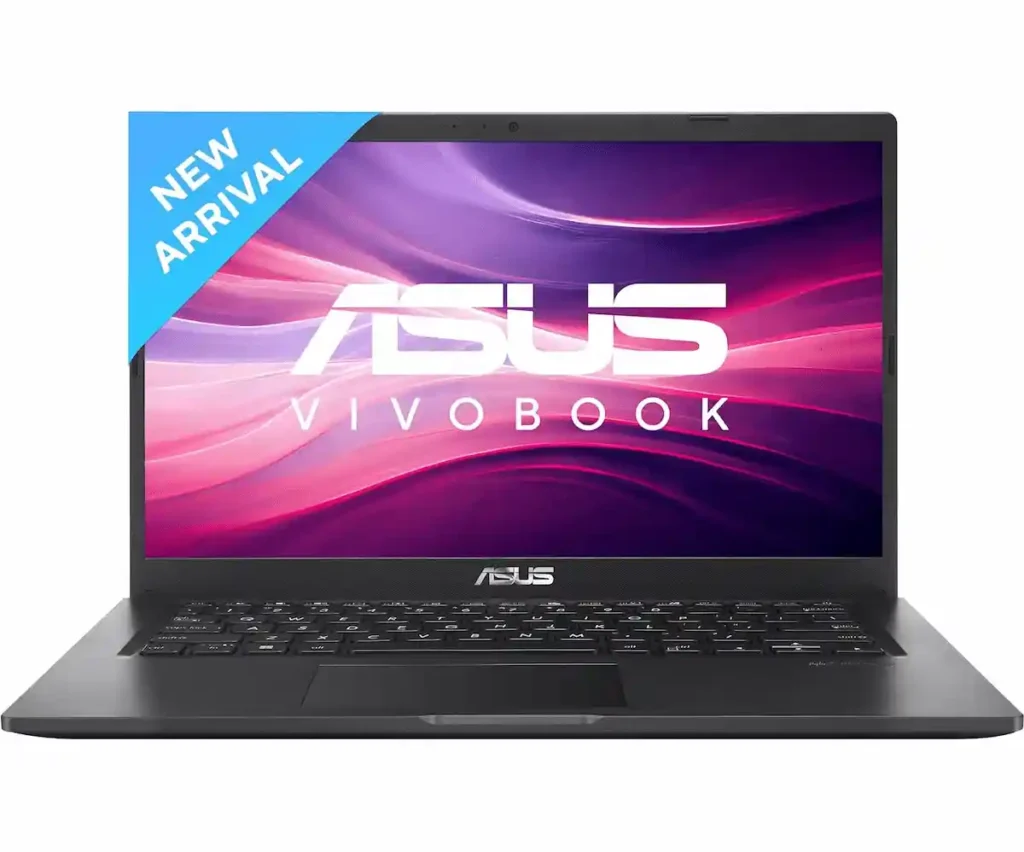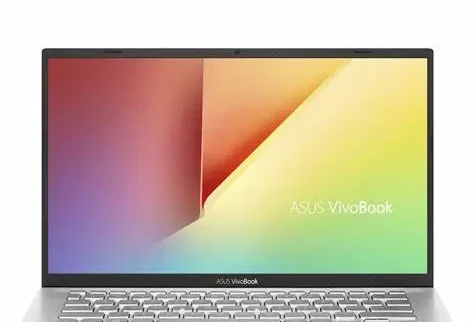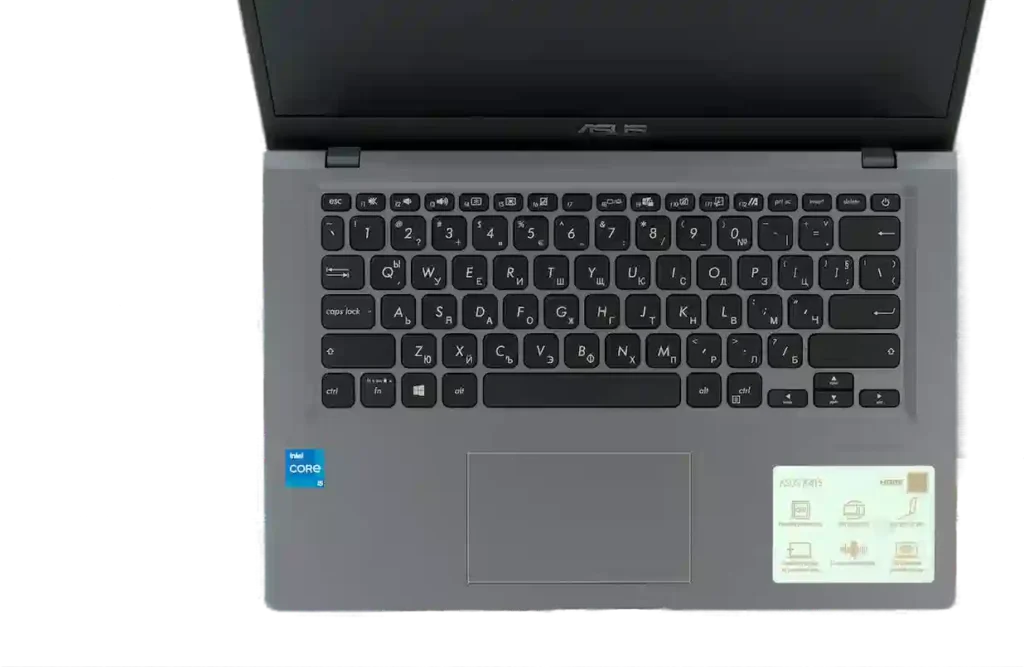The Asus VivoBook 14 exceeds ordinary mid-variety laptop expectations, presenting extra functions and reliability. It is to be had in diverse colorations and packs a punch in terms of overall performance. However, it is essential no longer to have overly excessive expectancies, as it can no longer meet every want. Nevertheless, its affordability is a standout characteristic. But does it encompass all of the vital features and extras to trap capacity customers? Let’s discover in addition to discover.
Price and availability
The Asus VivoBook 14 comes in two variants, starting at Rs 34,990. The first variant features an 11th generation Intel Core i3-1115G4 processor, 8GB of RAM, and a 512GB SSD. The second variant is priced at Rs 42,990 and includes an 11th generation Intel Core i5-1135G7 processor, 16GB of RAM, and a 512GB SSD. Both variants also come with Office 2021 and Windows 11 pre-installed.
You can purchase any of these Asus VivoBook 14 models on Amazon in India.
Buy Now: ASUS Vivobook 14, Intel Core i3-1115G4 11th Gen
Design of Asus Vivobook 14
The design of this pc is geared toward more youthful people, specially young adults, making it visually appealing and customizable to suit one-of-a-kind tastes and existence with its sort of color options. While the lid is made of metal for durability, the rest of the body is constructed from plastic, resulting in a somewhat flexible build. However, the keyboard sticks out positively with its quality key journey, tactile comments, and non-obligatory backlighting, supplying a cushty typing enjoy.

This laptop is predominantly constructed from plastic, although ASUS has reinforced the chassis and the two screen bezels with metal to enhance durability against impacts. In terms of dimensions, it weighs 1.55 kg for the model without a dedicated GPU and 1.60 kg for the variant that includes one. Additionally, it boasts a profile of nineteen.9mm, putting it at a slight thickness stage. While there is some slight flex when the chassis is twisted, overall structural integrity appears satisfactory and not concerning.
Examining the matte display, we observe narrow side bezels but relatively larger top and bottom bezels. Unfortunately, the VGA-resolution webcam positioned above the screen produces low-quality images.
Turning to the underside of the laptop, you’ll find speaker cutouts, a ventilation grille, and part of the exhaust vent. The remaining portion of the exhaust vent extends to the side of the device.
Read More: Asus Vivobook 16x Review: Amazing Performance, Design and Display
Display
The Asus VivoBook 14 is ready with a 14-inch Full HD show boasting a resolution of 1920 x 1080 pixels, providing slim bezels that make a contribution to an 87% display-to-body ratio. While Asus promotes it as having “ultra-thin bezels” and a “frameless NanoEdge display,” the reality is that the bezels measure 5.7mm on the sides, 8.8mm at the top, and 11.4mm at the bottom, bearing the laptop series name.

Although the bezels are slightly thicker than anticipated, they represent an improvement over the previous model. The display, utilizing an LCD panel, offers decent brightness but falls short in supporting the full sRGB color gamut, resulting in average color reproduction with a slight blue tint noticeable upon close inspection. To address this, Asus includes display enhancement features such as color gamut management, temperature correction, and Tru2Life video technology, which are automatically applied. Despite the availability of pre-defined display modes, the overall display quality remains relatively unchanged.
Keyboard, Touchpad and I/O
Typing on the VivoBook is an absolute pride, thanks to its well-designed keyboard with simply the proper quantity of key tour (1.3mm) and tactile remarks. The keys are of average length, facilitating rapid and correct typing. Additionally, the hinge layout elevates the keyboard platform by way of 2 degrees, making sure a comfortable typing position.

Throughout our utilization, we encountered no troubles with the keyboard, and its backlit feature lets in seamless use even in low-slight environments.
The touchpad is included with a smooth glass layer, offering a pleasing contact experience. It supports various native Windows 10 gestures which includes 3-finger/4-finger swipe, tapping, and zoom in or out. Moreover, it houses a fingerprint reader that allows customers to log in to the computer the use of Windows Hello.


Regarding I/O ports, the VivoBook 14 gives a first-rate array of alternatives on each side. These encompass one USB 3.1 Type-C port, one USB 3.1 Type-A port, one USB 2.0 Type-A port, a 3.5mm audio jack, HDMI, and a microSD card reader.
Battery life
Given its 37Wh battery capacity, we weren’t anticipating extraordinary longevity. In our trying out, the pc managed to preserve nine hours and 7 mins of web browsing, at the side of 5 hours and 40 minutes of video playback.
Read More: The Powerful Asus ROG Strix G15 Gaming Laptop
Cooling
The cooling system surprisingly effectively maintains the Core i5-1135G7 at reasonable temperatures. It employs a single copper heat pipe connected to a heat sink, with a fan located on the opposite side of the laptop, although its placement seems somewhat arbitrary.
During testing, the CPU initially reached temperatures exceeding 90°C and operated at 3.00GHz before gradually dropping to around 2.70GHz. Towards the end of the test, the Core i5-1135G7 stabilized at its base speed with a temperature of 76°C.
Performance
The VivoBook 14 serves as an first rate desire for those in search of a relatively transportable paintings computer. Its compact and lightweight layout makes it easy to hold in a backpack, and the SSD ensures quick boot-up instances for Windows on every occasion wished. The delivered convenience of a fingerprint sensor complements safety features, a feature that customers will find precious.
Despite its compact size, the HD digicam performs decently interior, handing over photos that remains particularly clear even in dimly lit environments. However, the standout characteristic for productiveness is the snug keyboard, which gives a nice typing enjoy without being overly noisy. The keyboard’s backlighting may be effortlessly adjusted, and the trackpad’s length and vicinity prevent accidental touches, contributing to an efficient workflow.
Read More: Lenovo IdeaPad 3: A Praiseworthy Evaluation of Design and Connectivity
When it comes to multimedia tasks, the VivoBook 14 falls short due to its display’s limited color reproduction. Although brightness levels are adequate, the panel lacks a wide dynamic range, resulting in dull colors and less distinct blacks, which may not be ideal for viewing content with darker scenes.
Furthermore, the stereo speakers are noticeably weak, struggling to produce clear audio even at maximum volume. Dialogue in videos and sounds from various applications may be difficult to hear clearly.
Given the absence of a dedicated graphics card, gaming performance is understandably limited. Heavy titles such as Shadow of The Tomb Raider may struggle to run smoothly, even at lower graphics settings. However, more casual games like Asphalt 9: Legends perform adequately. Benchmark consequences align with expectancies, thinking about the mid-range CPU and shortage of GPU.
Pros:
- Portability: The compact and lightweight design makes it highly portable.
- Excellent Performance: The laptop delivers solid and reliable overall performance.
- Comfortable Typing: The keyboard offers a delightful typing experience.
- Decent Battery Life: It provides acceptable battery life for on-the-go usage.
Cons:
- Subpar Display: The display quality falls short of expectations.
- Mediocre Audio Quality: The audio output is average and lacks depth.
- Absence of Ethernet Port: The pc lacks an Ethernet port for stressed out connectivity.

